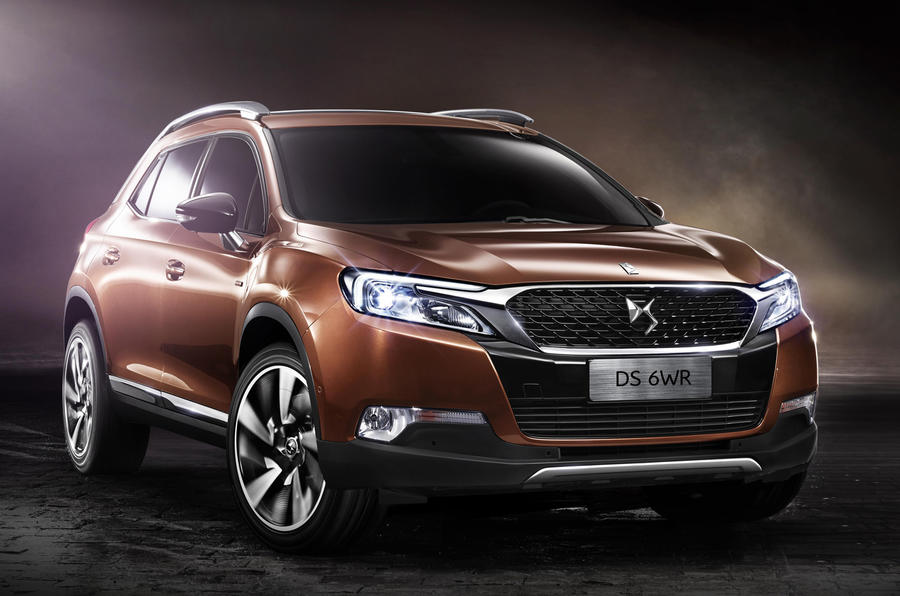I must have asked four different Citroen executives at the Beijing motor show why its new DS6 WR SUV was not scheduled to come to the UK any time soon. It just didn’t make sense to me. Unlike conventional large family cars, SUVs are flying out showrooms and their growth shows little sign of abating.
The DS6 looks good and would be a timely addition to Citroen’s fledgling DS brand, especially after the lukewarm reception granted the stiff-riding DS5.
But it’s not coming even to Europe, let alone the UK and the reasons given which stretched from Citroen not being perceived as an SUV brand in the UK to the fact that the DS6 WR is fitted with a petrol engine. None of the explanations was particularly convincing.
Porsche was hardly an SUV brand before the Porsche Cayenne, a car which has been its bestseller ever since it’s introduction over a decade. And one by one almost every major brand has introduced SUVs into the UK whether they were renowned for them or not, because in economic terms they have represented as close a certain sales success as exists in the UK right now.
As for the petrol engine in the car shown at the Beijing show, that didn’t wash at all: the DS6 is based on the DS5 platform into which PSA’s diesel engines slot very nicely and, in hybrid form even provide drive to the rear axle so the car could have four wheel drive too.
The last person I asked was Frederic Banzet, CEO of the Citroen brand. His opening bid was to suggest that the cost of transporting the cars from China where they are built to Europe. But then, thankfully, he was rather more forthcoming. "Part of our problem in the past is we have been far too dependent on Europe. We have to focus on producing European cars for Europe and Chinese cars for China. It is true that in an ideal world we would have the DS6 WR on sale in Europe, but we have to progress our recovery plan first." That plan if successful will see PSA returned to profitability in 2016.
But I think there is something else going on here too. Part of that recovery plan involved selling 14 per cent of PSA to the French Government and 14 per cent to state-owned Dongfeng. Whether they like it or not, Citroen knows that the recovery depends not only on Chinese sales, but Chinese money too. Increasingly its eyes are turning eastwards and quite what French workers, French unions and French customers will make of this remains to be seen.
Fact is that for the first time in its history, the largest single market for Citroen cars is not France, but China. And Citroen can hardly be blamed for cutting its cloth to reflect that fact.






Join the debate
Add your comment
Three years laters.. DS6 is still not here
When they made public the decision not to sell DS6 except in China, most of us couldn't just believe how hard and deadly serious those French wanted to be stupid. Its like they are so desperate to prove to the world how dumb they could be, if they wanted to.
Whether its a fake SUV or not isn't the issue. 'Urban' SUV turns out to be the most 'trending' segment now & this phenomenon is worldwide. Not to mention the high profit margin that it brings.
They could have sold tens of thousands of DS6 here and in Europe without breaking a sweat. 100K units in 4-5 years is certainly a certainty. It would certainly contribute to strengthen the DS branding and more importantly, prep up DS overall flagging sales that we are seeing now.
Hopefully they will not make the same mistake again for Europe's upcoming DS lineups.
It is all down to money
Citroens lost qualities.